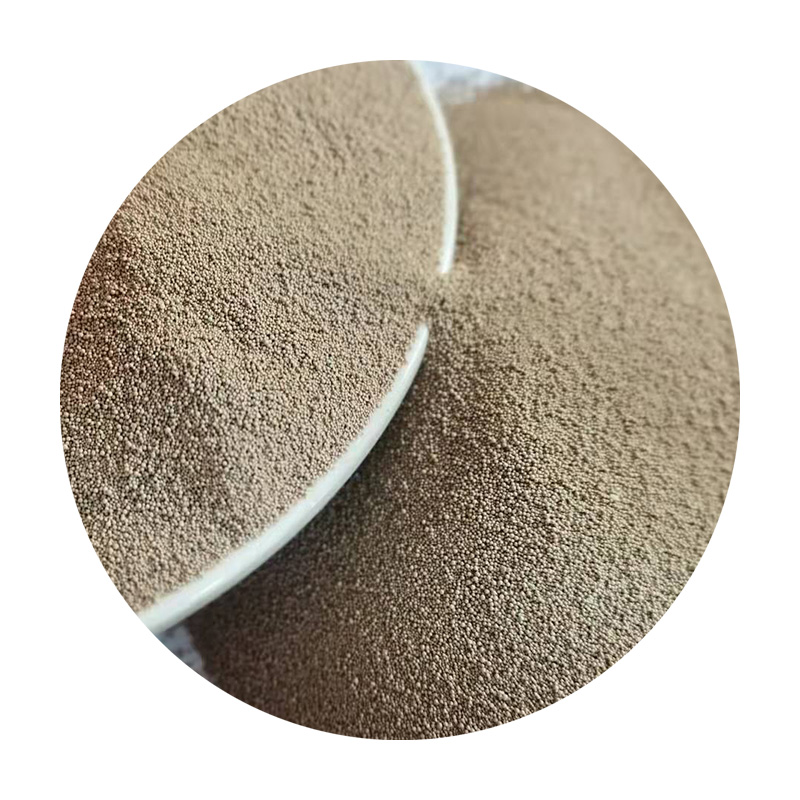The Resin Coated Sand Process An Overview
The resin coated sand (RCS) process has revolutionized the foundry industry by enhancing the quality and efficiency of metal casting. This method involves the application of a specially formulated thermosetting resin to economically sourced sand, creating a high-performance mold material suitable for various applications, from automotive components to intricate industrial parts.
The Process Explained
The RCS process begins with the selection of high-quality silica sand, which is essential for achieving the desired mold characteristics. The sand must be clean, durable, and have a consistent grain size. Once the sand is prepared, it is coated with a resin binder that is typically a phenolic compound mixed with a catalyst. The resin imparts excellent properties to the sand, including increased strength, durability, and heat resistance.
The mixing of sand and resin is a critical step, as the right ratio must be maintained to achieve optimal performance. The mixture is often processed in a heated system, allowing the resin to coat the sand grains uniformly. Heat helps to activate the resin and promotes proper adhesion, ensuring that each grain is adequately coated.
After coating, the resin-coated sand is then formed into molds. This can be achieved through various methods, including the use of mechanical tooling or automated machines. The versatility of the RCS process allows for the production of complex shapes and highly detailed geometries, which are essential for modern manufacturing requirements.
Advantages of Resin Coated Sand
resin coated sand process

One of the primary advantages of using resin-coated sand is its ability to produce molds with exceptional surface finish and dimensional accuracy. The smoothness of the mold drastically reduces the need for extensive machining after casting, saving time and costs. Furthermore, the superior strength of RCS allows for the production of thinner wall castings, which not only reduces material usage but also enhances the overall performance of the final product.
Another notable benefit is the thermosetting nature of the resin, which results in molds that maintain their integrity at high temperatures. This characteristic makes RCS particularly well-suited for casting metals with high melting points, such as aluminum and steel. Additionally, the resin coating provides better resistance to thermal shock during the casting process, minimizing the risk of mold failures.
Environmental Considerations
The RCS process also includes significant advancements in environmental sustainability. Many manufacturers are shifting towards using eco-friendly resins and minimizing emissions during the sand preparation and molding stages. By adopting these practices, foundries can reduce their environmental footprint while still producing high-quality castings.
Conclusion
The resin coated sand process stands as a testament to the evolution of materials used in the foundry industry. By combining traditional casting techniques with innovative resin technology, manufacturers are able to meet the growing demands for precision, quality, and sustainability. As industries continue to evolve, the RCS process will undoubtedly play a critical role in shaping the future of metal casting, enabling the production of more efficient and environmentally responsible components.
Post time:wrz . 23, 2024 13:46
Next:Advancements in Steel Sand Casting Techniques for Enhanced Manufacturing Efficiency
